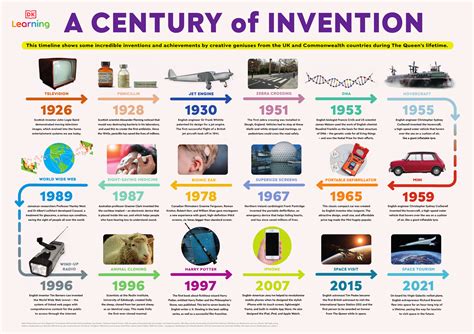1930-2024: A Century of Unprecedented Innovation
The period from 1930 to 2024 represents a breathtaking span of human ingenuity and technological advancement. From the nascent stages of the digital age to the breakthroughs in medicine and communication, this century has witnessed innovation on an unprecedented scale. This article explores key milestones and overarching trends that shaped this era of progress, revealing the remarkable journey of human innovation.
The Shaping of the Modern World (1930-1960)
The early part of this period, encompassing the Great Depression and World War II, saw innovation driven by necessity. The war effort fueled advancements in aviation, computing, and materials science. The development of radar, jet engines, and penicillin stands as a testament to the transformative power of focused research during times of crisis.
What were the biggest technological advancements of the 1930s?
The 1930s, despite the economic hardship of the Great Depression, saw crucial developments. The invention of television, though still in its early stages, laid the groundwork for a future dominated by visual media. Advances in aviation, like the development of more reliable and powerful engines, paved the way for faster and more efficient air travel. The discovery of new materials and the refinement of existing manufacturing processes also contributed significantly to industrial progress.
What were the most significant inventions of the 1940s?
The 1940s were undeniably shaped by World War II. The war spurred incredible leaps forward in various fields. The development of the atomic bomb, while ethically controversial, represented a monumental achievement in nuclear physics. The invention of the electronic digital computer, though bulky and primitive by today's standards, marked the beginning of the digital revolution. Advancements in radar technology also had lasting impacts on military and civilian applications.
The Rise of the Digital Age (1960-1990)
The post-war era witnessed the exponential growth of technology. The invention of the transistor in 1947 was a cornerstone, leading to the miniaturization of electronics and the eventual creation of integrated circuits. This period saw the rise of personal computing, the development of the internet's precursor ARPANET, and the advent of space exploration, culminating in the Apollo 11 moon landing—a powerful symbol of human ambition and technological prowess.
How did the invention of the transistor impact technology?
The transistor's impact is immeasurable. It allowed for the creation of smaller, faster, and more energy-efficient electronic devices. This miniaturization was fundamental to the development of integrated circuits, microprocessors, and ultimately, the personal computer and the modern smartphone. The transistor's reliability also dramatically improved the lifespan and performance of electronic equipment.
The Information Age and Beyond (1990-2024)
The late 20th and early 21st centuries witnessed the explosive growth of the internet and the rise of the information age. The World Wide Web transformed communication, commerce, and access to information. Advancements in biotechnology, nanotechnology, and artificial intelligence have redefined the possibilities of medicine, materials science, and computation.
What are some key technological advancements of the 21st century?
The 21st century has been characterized by rapid advancements in several key areas. The rise of smartphones and mobile computing has fundamentally altered how we interact with technology and each other. The development of the internet of things (IoT) connects everyday devices, creating a network of interconnected systems. Advances in gene editing technologies hold immense promise for treating diseases and enhancing human capabilities, while artificial intelligence is rapidly transforming various industries, from healthcare to finance.
Looking Ahead: The Future of Innovation
The next decades promise even more profound technological shifts. Areas like quantum computing, renewable energy, and space exploration are poised for breakthroughs that could reshape our world. The challenges of climate change and resource management will drive innovation in sustainable technologies and resource utilization. The ethical considerations surrounding artificial intelligence and biotechnology will require careful consideration as we navigate this period of rapid change.
In conclusion, the period from 1930 to 2024 has been a remarkable journey of human innovation. Driven by necessity, ambition, and the relentless pursuit of knowledge, humanity has achieved remarkable feats, transforming society and the world around us in profound ways. The future holds even greater potential, demanding both responsible innovation and a keen awareness of the ethical implications of technological advancement.

